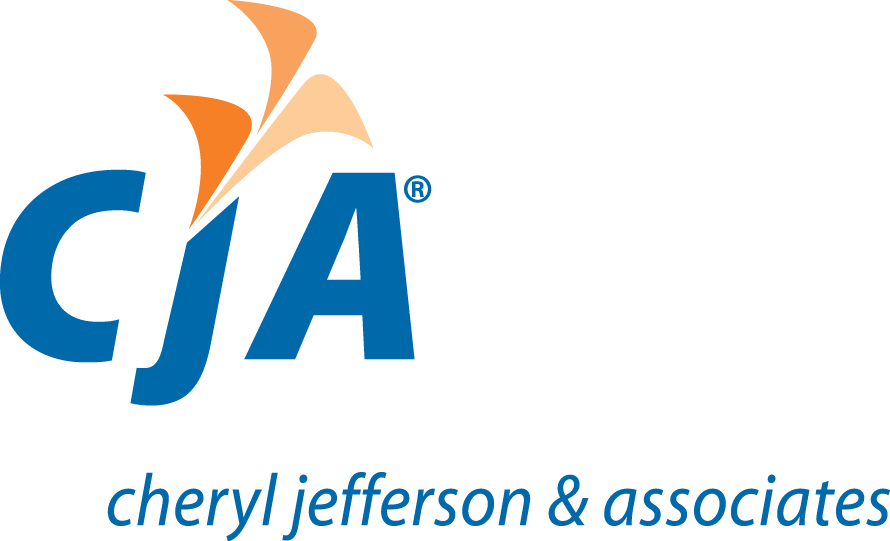Working capital is the difference between a company’s current assets and its current liabilities. Current assets include cash, inventory, receivables, and other assets which are expected to be turned into cash within one (1) year. Current liabilities include accounts payable, loans…
Read MoreFAR Compliance in QB
How to Maintain FAR Compliance in QB One of the areas of concern to government contractors is meeting the requirements for bookkeeping under Federal Acquisition Regulations (FAR). While the Defense Contract Audit Agency (DCAA) does NOT approve or recommend any…
Read MoreMaintaining Payroll
Maintaining Payroll The beginning of the year is behind us, but we still have a lot to look forward to. For one thing it means learning from last year’s mistakes and starting fresh. Chiefly, the payroll process is one area…
Read MoreShoebox Accounting: Reasons to Computerize
Getting Away from ‘Shoebox Accounting’ (Reasons to Computerize) In the business world, time means money. Accounting systems, or lack there of, can be extremely costly especially for businesses that use ‘shoebox accounting’. The colloquial term refers to the practice or habit…
Read MoreWhere Does My QuickBooks Data Go?
Where Does My QuickBooks Data Go? Do you really know how your QuickBooks data entry processes affect your financial information and reports? QuickBooks transactions are not static images. The correct set up of the customer names, service items, and payroll…
Read MoreVery Important QuickBooks Lists
In QuickBooks, there are three very important LISTS that provide the framework for all of your transactions. When encountering account coding difficulties within the QuickBooks transactions, you should refer to your lists for an understanding of your basic accounting set…
Read More